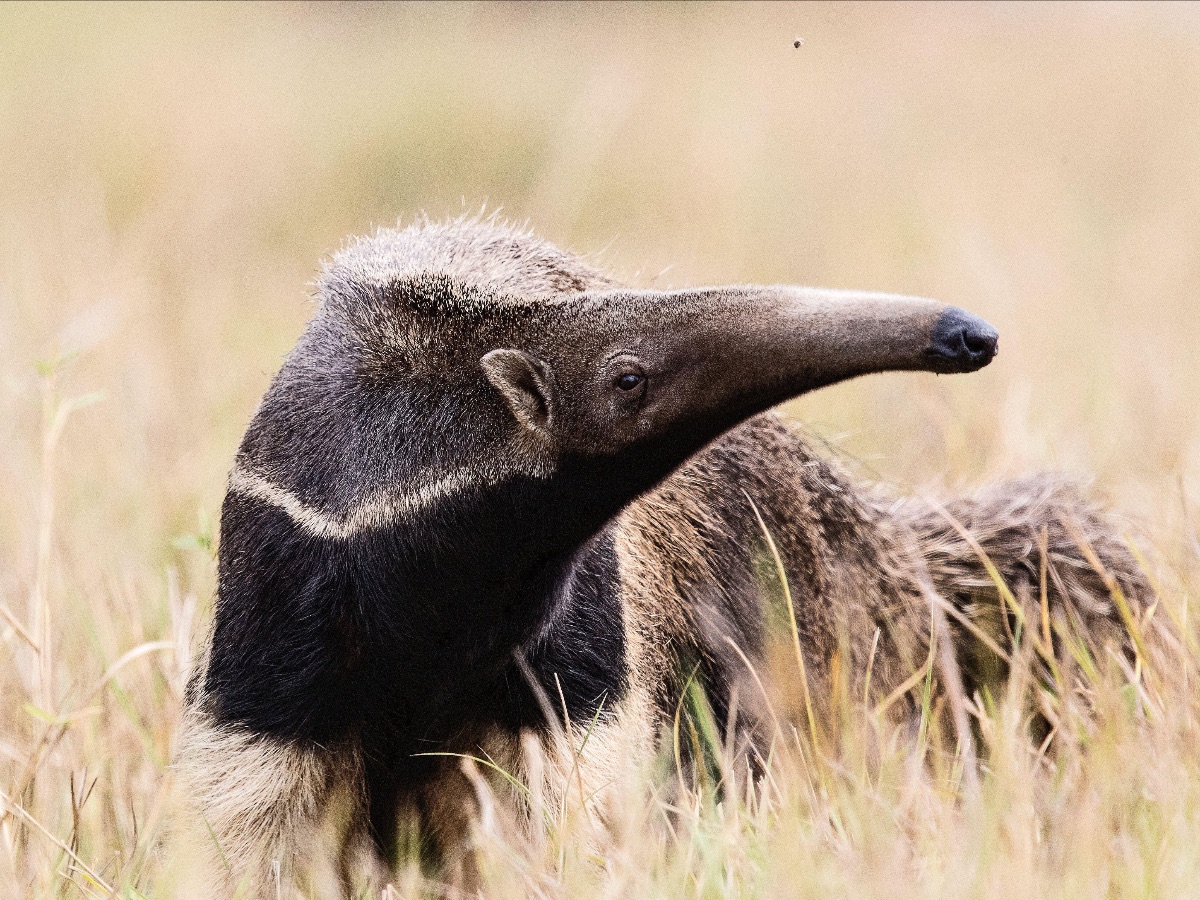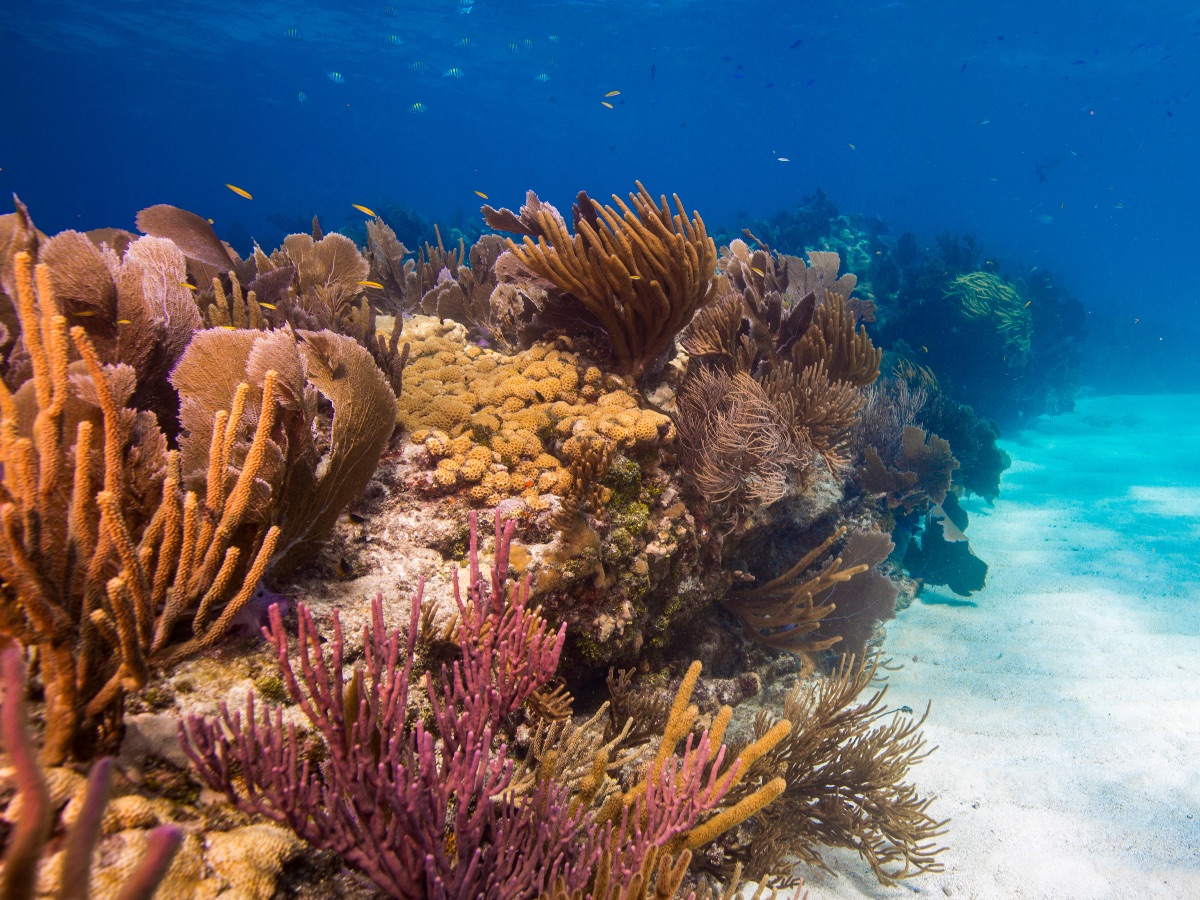 Nature Therapy • Courtney White
Nature Therapy • Courtney White
Increasingly, mental health professionals are taking their clients outdoors for therapy and counseling, as this recent NY Times article explains. In an age of digital immersion and disconnection from nature, therapists are conducting sessions in parks, woods, and farms to help their clients get better. The belief that exposure to nature can be healing, often called ecotherapy, has been around for decades. The opposite condition is called Nature Deficit Disorder, a term coined by journalist Richard Louv, whose landmark book Last Child In The Woods focused a spotlight on the psychological consequences of disconnecting children from nature. New research is supporting the ‘go outdoors’ approach to mental health. Forest bathing, an immersive practice that originated in Japan involving walking through woods, has been shown to reduce symptoms of depression and anxiety significantly. A recent study in Germany determined that nature-based therapies were effective in reducing rates of depression in patients. A 2020 study by the American Psychological Association found similar results. A quantitative study from the Netherlands showed that “nature brings clients closer to their inner worlds” and should be incorporated into psychotherapy. Improving our mental health is another reason to protect and restore ecosystems. Groups like the Children & Nature Network have many suggestions for therapeutic interactions with the outdoors. If you’re feeling down or anxious, a regenerative solution might be right outside your front door! See Nature Connection Nexus for more information.
 Refinery Harm Reduction • Amy Boyer
Refinery Harm Reduction • Amy Boyer
The two largest oil refineries in the San Francisco Bay Area, Chevron and Martinez, have agreed to comply with rules aimed at dramatically reducing air pollution, dropping their lawsuits against the most stringent rule of its kind in the nation. Local doctors fought for Bay Area Air Quality Management District Regulation 6, Rule 5, which limits refinery production of particulate pollution, the region's most significant air pollution hazard. Particulate matter such as soot, dirt, and smoke can cause asthma, lung cancer, and even heart attacks, traveling miles from its source. Pollution from oil and gas production causes thousands of deaths and billions of dollars in annual health costs in the U.S. alone, and these burdens of the fossil fuel industry fall disproportionately on low-income communities and people of color. The deal includes millions of dollars to Richmond, the community neighboring the Chevron plant, for health initiatives that aim to mitigate the harms done by the refinery. The announcement followed news from the previous week that the Environmental Protection Agency is setting tougher standards for particulate pollution nationwide, a change expected to prevent up to 4,500 premature deaths by 2032.
 Brazilian Anteaters Return via Rewilding • Claire Krummenacher
Brazilian Anteaters Return via Rewilding • Claire Krummenacher

|
|
Brazilian giant anteater (Myrmecophaga tridactyla).
|
Once considered extinct, giant anteaters have been sighted in the Brazilian state of Rio Grande do Sul for the first time in over 100 years. Ecologists concluded that the anteaters had migrated across the border following the release of 110 individuals nearly 100 miles away in northeastern Argentina as part of a rewilding project in Iberá National Park, highlighting the far-reaching impacts of such projects. Their return is especially significant given that giant anteaters fill an important ecological niche by controlling insect numbers, creating watering holes by digging, and serving as prey for big cats. As a result of the sightings, Brazilian conservation groups are further strengthening efforts to protect giant anteater populations, most notably by advocating for safer highways to prevent the disastrous wildlife-vehicle collisions that are responsible for reducing population growth rates by more than 50%. While optimistic, researchers have also advised that long-term success is contingent on international cooperation and have established partnerships with research institutions in Argentina and Uruguay to achieve this end. To learn more, see Rewilding Nexus and Wildlife Corridors Nexus.
 Going Within to Address the Emergency • George Biesmans
Going Within to Address the Emergency • George Biesmans
External shifts in energy, food, and transport systems can only achieve so much in our efforts to stem climate breakdown and ecological collapse. Building a regenerative future ultimately depends on internal shifts in consciousness and values. That’s the thinking underpinning the Inner Development Goals (or IDGs), a global framework launched in 2020 that centers on the need for cultivating inner change. Environmental lawyer Gus Speth said, “I used to think the top environmental problems were biodiversity loss, ecosystems collapse, and climate change. But I was wrong. The top environmental problems are selfishness, greed, and apathy… and to deal with those, we need a spiritual and cultural transformation.” The IDG framework is, in many ways, a response to this call for “spiritual and cultural transformation.” Focused around five key pillars - relationship to self, cognitive skills, caring for others and the world, social skills, and enabling change - it calls for developing regenerative qualities like deep listening, compassion, interconnectedness, and humility. Advocates of the IDGs acknowledge that they shouldn’t be seen as a panacea for the crises we face, nor as a substitute for ensuring everyone has access to life’s essentials. If you want to find out more about the Goals, check out their open-source library of tools and stories and link up with one of their over 100 global Hubs.
 Reefs Protect Coasts in Extreme Weather • Scott Hannan
Reefs Protect Coasts in Extreme Weather • Scott Hannan

|
|
A line of coral reef stretching out into blue water with sand bottom at Looe Key, Florida Keys.
|
Researchers at the University of Miami’s Rosentiel School of Marine, Atmospheric, and Earth Sciences have created two “wind-wave” tanks that allow them to recreate ocean conditions during hurricanes and other extreme weather events. Working with the school's Coral Reef Restoration Lab, the researchers can plant and study coral in a protected environment to further understand how to restore degraded reefs. This provides opportunities to explore the reestablishment of coral reefs, and due to the simulated hurricane conditions, it offers a window into how coral can help mitigate flooding from extreme weather events. Florida is the only U.S. state with a shallow coral reef system, but at the current rate of degradation, estimates say nearly all will be bleached and permanently damaged within the century. Ninety percent of the reefs off the coast of Florida have already been lost due to human development, disease, and extreme weather events. With two of the wind-wave tanks now installed off the coast of Miami, researchers are exploring assisted migration of hardier corals into degraded areas. The hope is that this research will support other findings that demonstrate how the reefs buffer the coastline from large waves and other impacts from hurricanes. That information would give governments and agencies a two-pronged argument for continued funding and restoration efforts: reestablish healthy coral reefs and protect the coast and its developments from the increasingly harsh effects of climate change. See Marine Protected Areas Nexus to learn more.
 Tribal Nation Rights of Nature Guidebook • Juliana Birnbaum
Tribal Nation Rights of Nature Guidebook • Juliana Birnbaum
Indigenous groups have taken the lead in forging the rights-of-nature movement worldwide: currently, at least 39 nations have recognized these rights in some shape or form. The tactic protects ecosystems and species legally, recognizing them as having inherent value and challenging their conventional framing as an economic resource. A recently published guidebook entitled Guide to Rights of Nature in Indian Country provides strategies and resources to assist tribal nations in the U.S. in bringing the movement to their communities. Created by the Native-led Bioneers Indigeneity Program, the guide covers case studies of tribes that have enacted rights-of-nature laws through constitutions, ordinances, and resolutions and examines the pros and cons of each method. In the Central American country of Ecuador, these rights are enshrined in the national constitution, which helped communities block copper mining in a cloud forest reserve. As this type of legislation gains traction on a planetary scale, guides such as this are essential to the strategy being advanced by a growing international network. Groups and individuals are invited to join the Global Alliance for the Rights of Nature to become part of this dynamic group of eco-protectors.

|
|
The native-led Indigeneity Program from Bioneers utilizes Indigenous knowledge to solve the earth’s most pressing environmental and social issues.
|
Take Action on Nexus
Learn how to restore human connections with nature to improve our well-being, regenerate planetary ecosystems, and cultivate regenerative values and practices in our Nature Connection Nexus.
Photo Credits
1. © Marco Bottigelli / Getty Images
2. Panoramic Images / Alamy Stock Photo
3. Danita Delimont / Alamy Stock Photo
Support our work
We rely on the generous support of our fellow regenerators! Please consider making a one-time or recurring donation to keep Project Regeneration and The Waggle going.
Want the Waggle coming to your inbox instead? Click Here to Subscribe!

 Nature Therapy • Courtney White
Nature Therapy • Courtney White Refinery Harm Reduction • Amy Boyer
Refinery Harm Reduction • Amy Boyer Brazilian Anteaters Return via Rewilding • Claire Krummenacher
Brazilian Anteaters Return via Rewilding • Claire Krummenacher
 Going Within to Address the Emergency • George Biesmans
Going Within to Address the Emergency • George Biesmans Reefs Protect Coasts in Extreme Weather • Scott Hannan
Reefs Protect Coasts in Extreme Weather • Scott Hannan
 Tribal Nation Rights of Nature Guidebook • Juliana Birnbaum
Tribal Nation Rights of Nature Guidebook • Juliana Birnbaum
